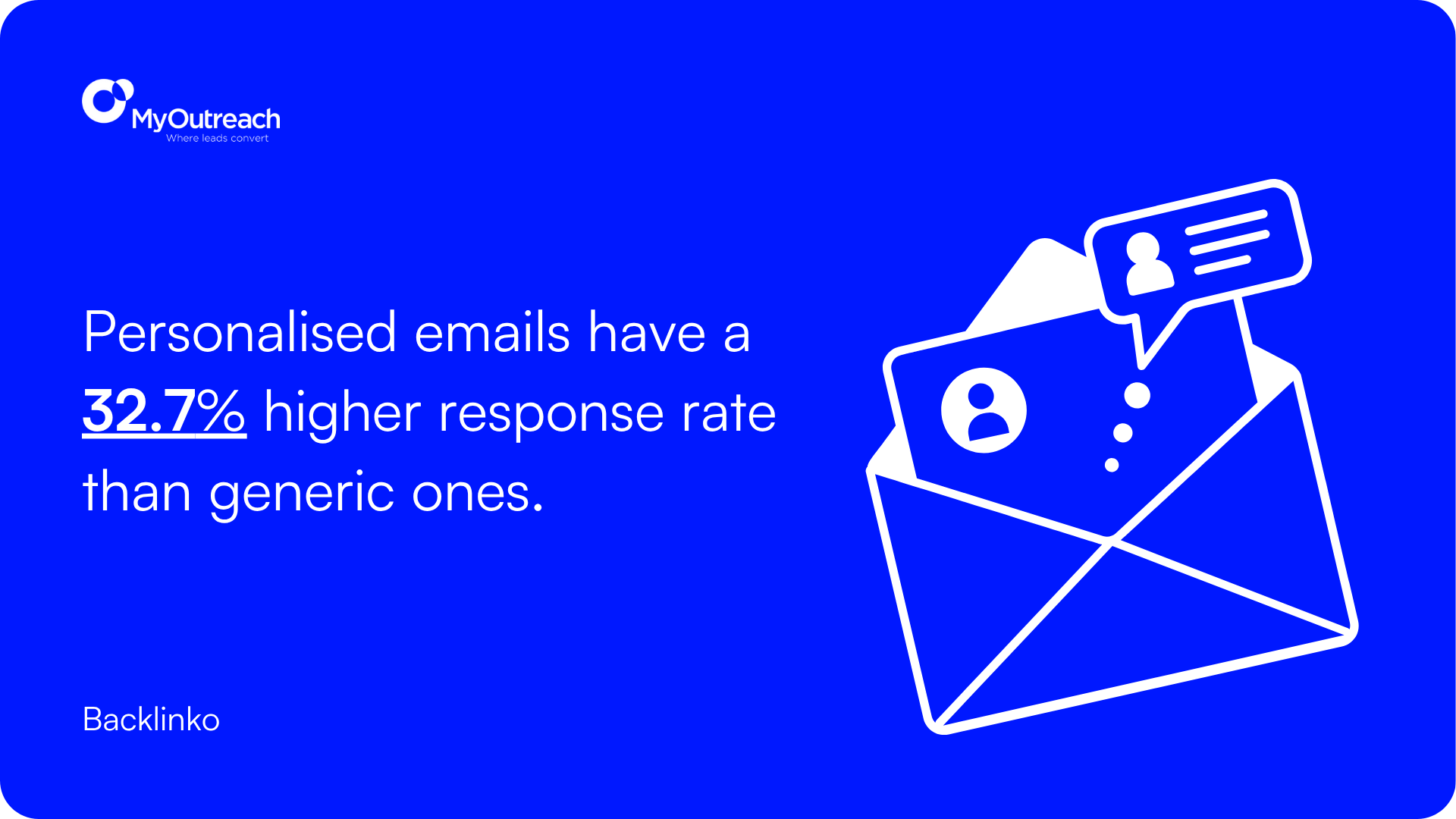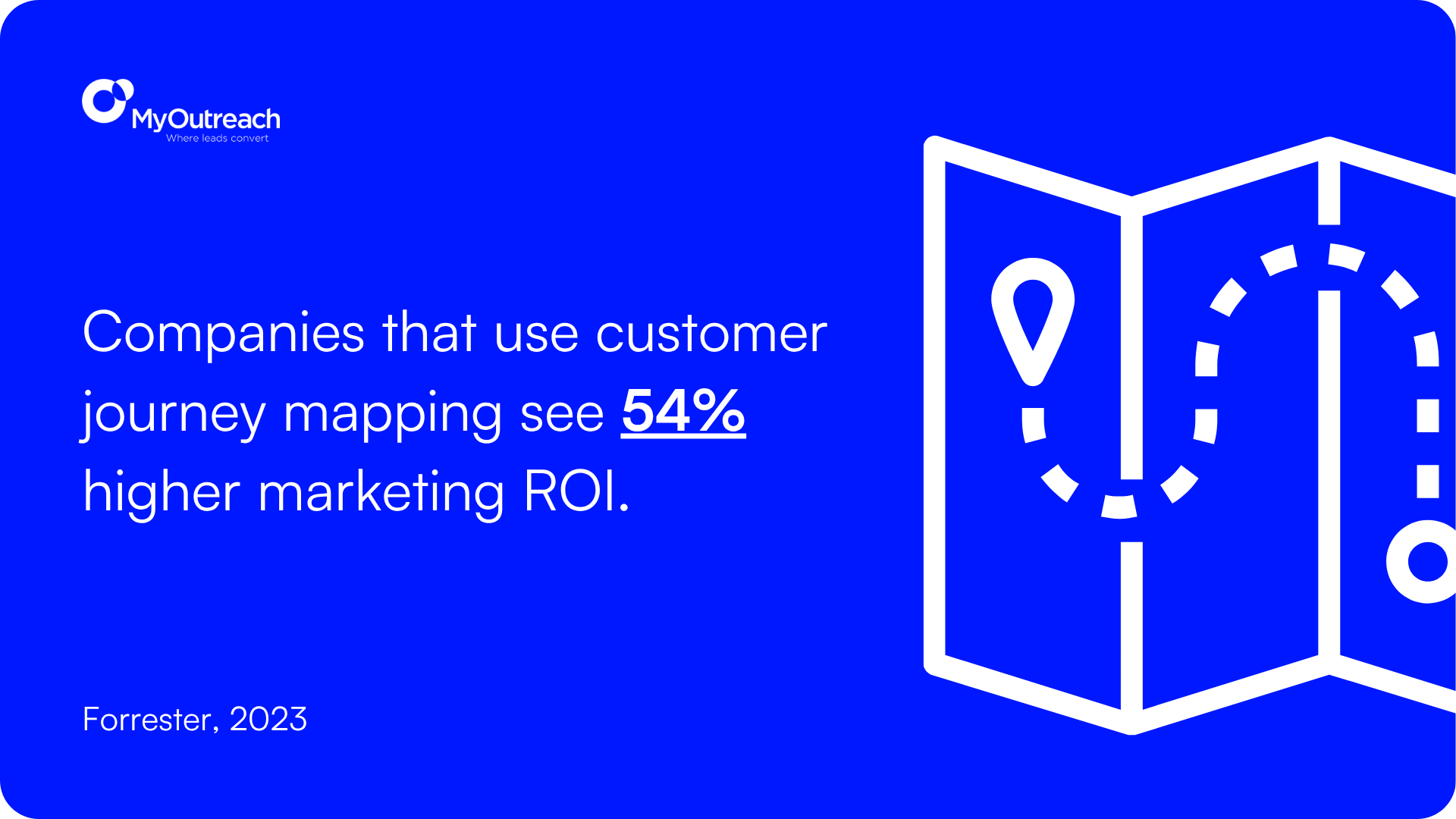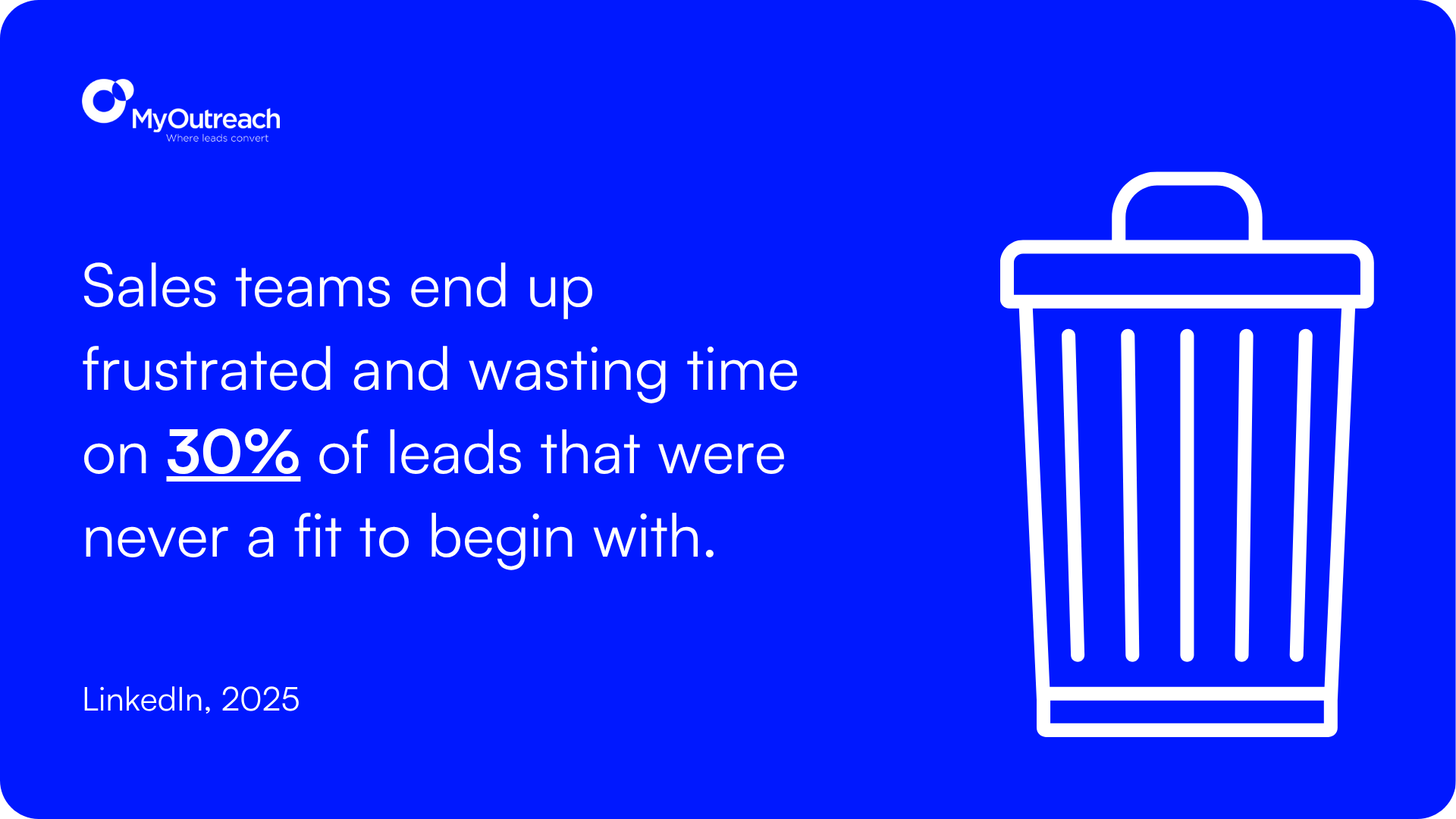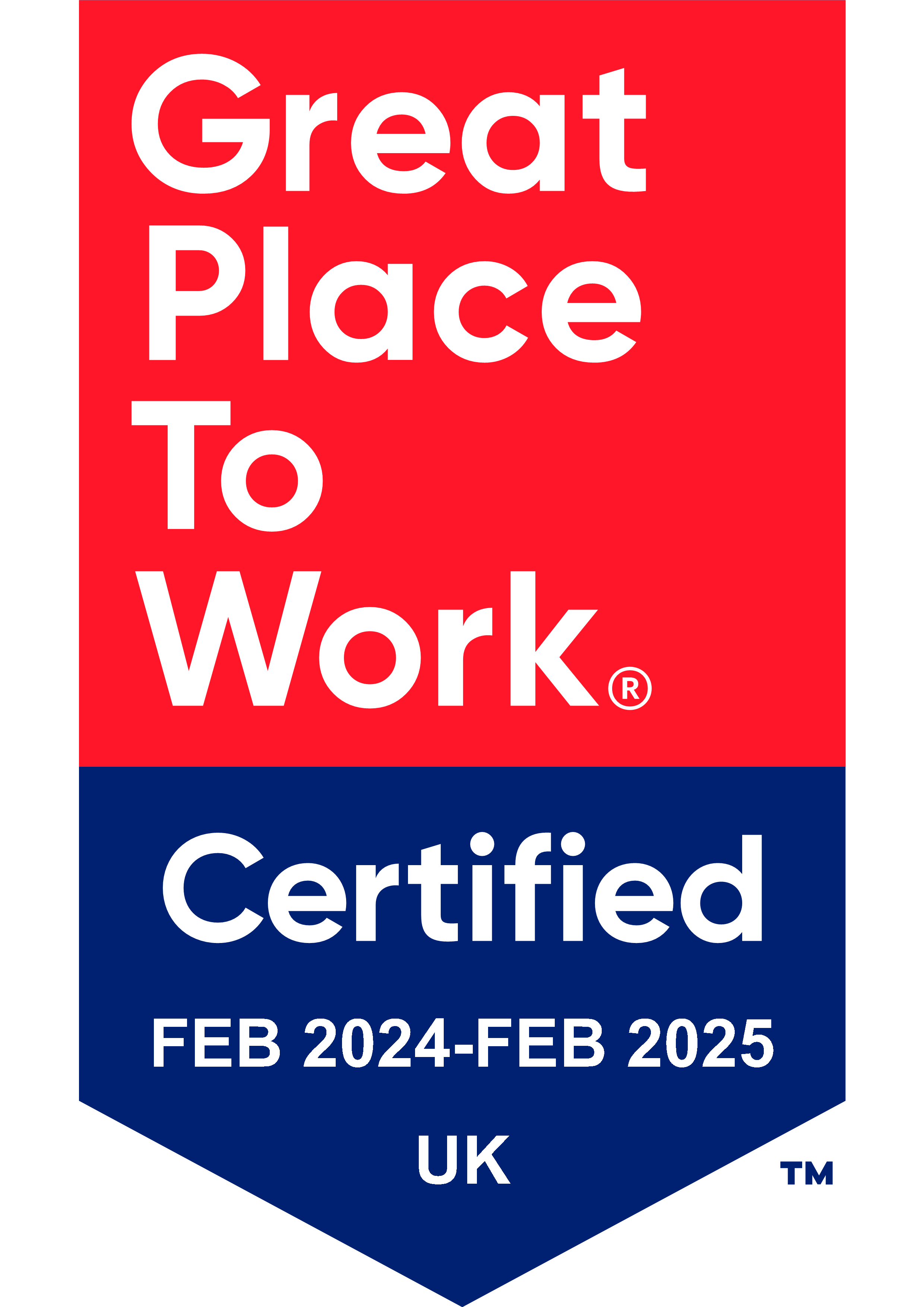Around 61% of B2B marketers claim that their biggest challenge is generating high-quality leads - a problem that is often related to ineffective SaaS lead generation strategies.
If your current approach isn’t bringing in qualified leads, it’s time to explore what’s missing and how to align your strategy for better results.
Without a strong, targeted strategy from the start of your customer journey, you're just wasting time, effort, and money.
But here’s the good news: The mistakes made in your SaaS lead generation strategies are fixable!
In this blog post, we’ll break down common mistakes that kill your conversion rates and give you the exact strategies to attract, engage and convert high-quality leads consistently.
Why your SaaS Lead Generation Strategies are Failing
Your SaaS lead generation strategies might not work as planned, and there are some reasons why. You need to identify these core problems to fix them and build a steady stream of qualified leads.
Misaligned Goals & KPIs
Sales and Marketing misalignment happens when teams operate in silos - with poor handoffs, conflicting priorities, and no shared definition of a qualified lead. This results in low conversion rates, wastd resources and friction between teams.
So, why do many Sales and Marketing teams misalign?
Because both teams are focused on their individual goals. Marketing teams prioritise getting leads, driving website traffic, and building brand awareness. On the other hand, Sales teams focus on revenue and closing deals.
Without a shared lead qualification criteria, sales conversions drop. Sales teams end up frustrated and wasting time on 30% of leads that were never a fit to begin with.
Poor Understanding of Your Target Audience
Your marketing campaign might be great at bringing visitors, but if they’re not becoming customers, you’re probably targeting the wrong people. A poorly defined ICP can cause your lead generation efforts to miss the mark.
A broad ICP creates these problems:
- Money spent on prospects who aren’t seeking your solutions.
- Higher costs to get customers.
- Fewer conversions.
Companies with a clear ICP are 68% more likely to close deals. Keep in mind that if you try to sell to everyone, you’re probably not going to sell to anyone.
Lack of Clear Value Proposition
A weak value proposition makes it harder to generate qualified leads. Only 2.2% of companies have value propositions that work. That’s a very low number, considering that potential customers will look elsewhere if they don’t see the value of your product quickly.
Here’s what that causes:
- Less trust in your product.
- Hard to stand out from competitors.
- Missed chances to connect with visitors.
- People leave landing pages quickly.
If you want to fix these problems, you need to have a strong value proposition and a clear message. Companies that excel in this area grow 76% faster than others. Remember, customers choose solutions that clearly show three benefits: how to cut costs, earn more and work more efficiently.

Common Mistakes you Make in Your SaaS Lead Generation Strategies
You think that what you’re doing at first is working - but when you see the results, you realise, it’s not. Even the most promising SaaS lead generation efforts can fail due to tactical mistakes. To create effective strategies, you need to identify these common mistakes and address them.
Relying Heavily on One Channel
You often put all your eggs in one basket - and this is a risky move that holds back your growth. 10% of B2B marketers struggle to select the right channel to generate leads.
Your pipeline takes a hit if the single channel you pick fails due to algorithm changes or market moves. This weakness could hurt your chances of bringing in qualified leads. Different audience segments respond better to different channels, making a mixed approach important.
Set up multi-channel strategies that blend various communication channels to build a solid outreach plan.
Ignoring the Customer Journey
B2B buying involves multiple stakeholders, longer sales cycles, and more complex decision-making processes. Yet many SaaS companies fail to align their content with each stage of the buyer’s journey.
But that’s not surprising: 67% of B2B marketers say they focus most on TOFU content.
And while TOFU is important for awareness, it’s not enough on its own. Buyers need different types of content as they move through the funnel:
- Awareness stage buyers want information, not solutions.
- Consideration stage buyers compare their options.
- Decision-stage buyers focus on specifics: pricing, proof, and product fit.
Remember: Pushing sales messages too early, especially when your potential customers are starting to research, can cause them to walk away.
Weak or Generic Messaging
Let’s be honest, relying on empty buzzwords such as “AI-powered”, "next-gen", and "industry-leading" will make you forgettable.
Vague messages don’t show how you can solve customer problems. Marketing materials that focus on features instead of benefits miss the chance to connect emotionally with prospects.
Companies that personalise their approaches boost sales by 20%, highlighting the ineffectiveness of generic messaging.
No Lead Qualification Process
A messy pipeline full of prospects who disappear or leave quickly is the result of poor lead qualification. Not every lead wants to buy or fits into your SaaS solution:
Treating all leads the same creates problems:
- Wasted time on dead-end leads.
- Good prospects get lost in the crowd.
Poor lead quality frustrates 67% of sales professionals. How do you fix this? Use a lead qualification framework that looks at both firmographic data and product usage to separate good prospects from poor fits.
📖 Useful read: Firmographic Data 101: What It Is and How to Use It for Smarter B2B Sales
How to Fix Your SaaS Lead Generation Strategies
We’ve discussed the common mistakes you could make; now, let’s go through the fixes. Your B2B SaaS lead generation strategies need systematic changes to turn things around.
Set SMART Goals Tied to Business Outcomes
Vague aspirations like “generate more leads” won’t drive leads. Your lead generation efforts need SMART goals to give clear purpose and direction. A specific target works better than just wanting to increase leads.
These goals should connect directly to business KPIs, including:
- Conversion rates at each funnel stage.
- Customer acquisition cost.
- Return on investment.
- Customer lifetime value.

Build a Detailed Buyer Persona
When you think about your audience, it’s easy to say “B2B companies” or “IT managers”, but that’s broad and vague. The reality is that your buyers are real people with their unique challenges, goals, and preferences. Effective buyer personas make complex data practical and bring audience segments to life.
Accurate personas need information gathered through:
- Customer interviews and surveys.
- Sales team feedback.
- Product usage data.
- Demographic and firmographic data.
Detailed personas help you understand your customers’ problems and motivations throughout their experience, and most importantly, help you create targeted messaging that connects with potential customers at any funnel stage.
Map the Customer’s Journey & Align Content
Customer journey mapping gives a visual representation of every stage (awareness, consideration, decision). Your map should start with a specific goal and a customer persona (e.g., converting more free users to paid customers). From there, identify key moments where your customer interacts with your product, website, emails or team:
- How did they first hear about you?
- What kind of content do they consume during research?
- When do they reach out or request a demo?
- What questions do they have before making a decision?
- What keeps them engaged post-sale?
According to Forrester, companies that use customer journey mapping see 54% higher marketing ROI.
By mapping these touchpoints, you can fix pain points, identify content gaps and personalise your messaging at every stage.
Proven SaaS Lead Generation Strategies
In this section, we’ll discuss practical SaaS lead generation strategies that deliver measurable results.
Content Marketing with SEO
According to Demand Metric, content marketing efforts cost 62% less than other marketing tactics and generate 3x as many leads. When combined with SEO, it amplifies your reach and drives even more qualified leads, making it the foundation for effective lead generation strategies.
You’ll get:
- Quality content with relevant keyword optimisation - boosting search rankings and attracting organic traffic.
- Smart SEO tactics help your content appear when potential buyers are looking for solutions your SaaS provides.
- A strategy that brings both quality and quantity of leads while building a solid foundation.

Cold Outreach with Personalisation
Personalised emails have a 32.7% higher response rate than generic ones.
Successful personalisation needs:
- References to the recipient's recent activities, such as LinkedIn posts, podcasts, or job changes.
- Strategic timing of outreach (Tuesday/Thursday, 9:00 – 11:30 AM for UK/US markets)
- Prospect segmentation based on company size, industry, or tech stack.
Webinars & Live Demos
Webinars and demos are highly crucial for SaaS lead generation, especially as buying processes become more self-directed. These work because they:
- Enable direct, immediate engagement with potential customers.
- Display product features and address questions quickly.
- Build trust by showing expertise and product value all in one place.
📖 You might also like: Virtual Event Ideas
Referral & Partner Programs
Referral programs turn happy customers into advocates who bring in high-quality leads. These leads convert faster and more reliably because people trust their peers’ recommendations more than ads.
Here’s what a successful referral program should do:
- Give incentives to both referrer and referee.
- Simplify sharing through personal referral links and ready-made messages.
- Recognise milestones to keep participants engaged.
Product-led Growth with Free Trials
Free trials let prospects see your product's value firsthand. This serves as a powerful conversion tool.
The best results come from:
- Simple sign-up processes.
- Guided onboarding with support.
- Tracking when users find real value through those “aha moments”.
- Trial durations that balance user experience and conversion potential.
Tools & Tactics to Optimise your Lead Funnel
So, we’ve covered the fixes, the next step is to optimise your lead funnel. The right tactics and tools can turn a leaky funnel into a powerful conversion tools that deliver qualified leads to your Sales team consistently.
Use Lead Scoring to Prioritise
Quality indicators that predict revenue matter more than volume-based metrics. A lead scoring system that is well-designed helps identify which prospects need immediate attention:
- SQL-to-close percentage shows how well your qualification criteria predict buying intent and helps your team focus on prospects with real potential.
- LTV: CAC ratio will give a profitable measure of your acquisition spending against lifetime value.
- Trial-to-paid conversion rate shows how well your product proves its value during trial periods.
Companies that implement lead scoring models see a 77% boost in lead generation ROI.
Keep your lead scoring model current by regularly updating it with conversion data.
Automate Lead Nurturing
Build behaviour-triggered email sequences that guide prospects based on how they interact with your product and content. Your email sequences should activate when prospects show specific engagement signals, such as downloading resources or clicking email links.
The best nurture programs combine marketing automation with sales intelligence. This combination allows personalised outreach at scale while getting higher engagement.
Keep an eye out for specific actions such as content downloads or pricing page visits to trigger personalised messages when interest peaks.

Optimise Landing Pages for Conversion
According to Unbounce’s Conversion Benchmark Report, higher conversion rates come from focused landing page goals that put your users' needs first.
Since people prefer clarity over business jargon, a focused landing page helps you use clear value propositions and CTAs.
A/B testing also helps find the best heading, copy, structure, visuals, and CTAs. When these improvements align with mobile optimisation (mobile optimisation brings 64% of website traffic), you’ll significantly boost conversion rates.
Conclusion
Successful SaaS lead generation strategies require both strategic planning and practical fixes. Common issues like relying on a single channel, poor content timing and generic messaging can drain budgets and stall results.
Top SaaS companies use a mix of strategies to generate high-quality leads consistently.
Optimise with lead scoring, automated nurturing and high-converting landing pages to move prospects throughout your funnel without a problem. Remember, lead generation is an ongoing cycle of testing and improving.
How MyOutreach Can Help with Your SaaS Lead Generation Strategies
MyOutreach is a B2B SaaS lead generation agency that offers proven strategies and tools to fix your lead funnel and boost ROI. We offer tailored solutions focused on multi-channel campaigns, precise targeting, and pipeline acceleration to deliver qualified leads that convert.
We can help with SaaS lead generation strategies and help fill your pipeline with high-converting leads.
Let’s chat!
FAQs
Q1. Why is my SaaS lead generation strategy not delivering results?
Your strategy might be failing because it has misaligned goals between Sales and Marketing teams, a poor understanding of your audience, or a lack of clear value propositions.
Q2. How can I improve my understanding of my target audience?
Build detailed buyer personas by gathering information through customer interviews, surveys, Sales team feedback, and product usage data. Focus on capturing important information such as roles, pain points, goals and purchasing behaviours to create more personalised messages.
Q3. How can I optimise my lead funnel for better conversions?
Implement lead scoring to prioritise high-quality prospects, automate email nurturing based on user behaviour and optimise landing pages for conversion. These tools and tactics can significantly improve your funnel efficiency.

.png)

.png)
.png)
.png)






